Rice Plant
- November 7, 2023
- 0 comment
The rice plant, scientifically known as Oryza sativa, is one of the most vital and widely cultivated crops globally, serving as a staple food source for over half of the world’s population. This grass species belongs to the Poaceae family and is primarily grown in warm, humid climates, making it a crucial component of many Asian, African, and South American cuisines. Rice plants are typically characterized by their slender, grass-like leaves and distinctive panicles of grains. There are two primary types of cultivated rice: indica and japonica, each with its own set of characteristics and growing requirements.


Rice cultivation is a labor-intensive process, involving the flooding of fields (paddy fields) to control weeds and provide the necessary moisture for rice plants. The plant’s growth cycle consists of several stages, including germination, vegetative growth, flowering, and grain development. Farmers often rely on traditional methods or modern agricultural techniques to ensure a successful harvest. Once mature, the rice grains are harvested, threshed, and processed for consumption, contributing to a wide range of dishes, from sushi to risotto and countless other recipes.
Beyond its importance as a dietary staple, rice plays a significant role in cultural practices and economies worldwide. It also serves as a source of income for millions of farmers and plays a vital role in the world’s food security. Research and breeding efforts continue to improve rice varieties, making them more resilient to pests, diseases, and changing environmental conditions, ensuring the continued availability of this essential food crop for generations to come.
| Characteristics | Description |
| Scientific Name | Oryza sativa |
| Family | Poaceae (Grass family) |
| Types | Indica and Japonica (primary cultivated) |
| Growth Habit | Annual grass |
| Height | Typically 2-4 feet (0.6-1.2 meters) |
| Leaves | Slender, grass-like |
| Inflorescence | Panicles of rice grains |
| Growing Conditions | Warm, humid climates |
| Primary Cultivation Regions | Asia, Africa, South America |
| Water Requirement | Grown in flooded paddy fields |
| Growth Stages | Germination, vegetative growth, flowering, grain development |
| Cultivation Techniques | Traditional and modern agricultural methods |
| Economic Importance | Staple food source, cultural significance, income for farmers |
| Food Uses | Various dishes, including sushi, risotto, and more |
| Research and Development | Ongoing efforts to improve disease resistance, pest resistance, and environmental adaptability |
Botanical Beauty of “Rice plant”
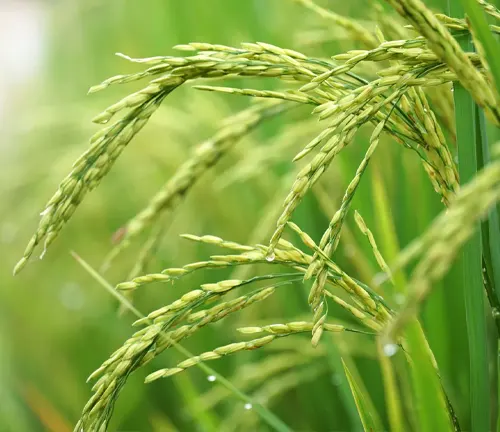
The rice plant, Oryza sativa, might not be the first thing that comes to mind when you think of botanical beauty, but this unassuming grass species holds a unique charm. Its slender, grass-like leaves and delicate panicles of grains have a subtle elegance. The vibrant green of the rice fields, whether swaying in the breeze or submerged in water, is a sight to behold. While it might not boast the showy blossoms of some other plants, the understated grace of the rice plant is a testament to the simple yet captivating beauty of nature.
Woodland Elegance
In many ways, the rice plant resembles a tranquil woodland grass. Its slender leaves, which rustle in the breeze, conjure images of a forest clearing. Yet, this plant’s significance transcends its resemblance to woodland flora. It is a crop that has sustained human populations for millennia and played a pivotal role in shaping cultures and civilizations.
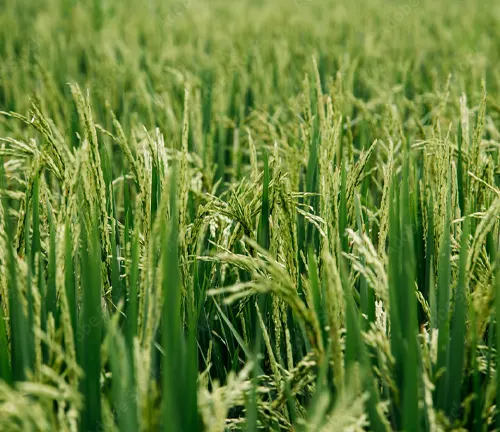
Ecological Importance
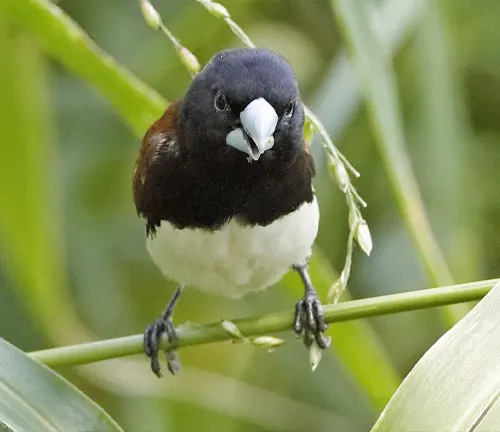
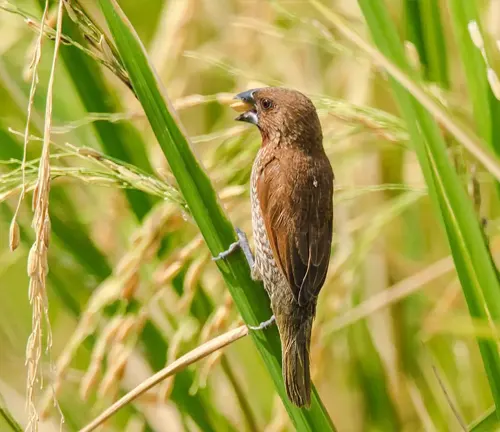
The ecological importance of the rice plant cannot be overstated. It is a keystone species in many ecosystems, providing habitat and sustenance to a wide range of wildlife. Birds, insects, and aquatic life find refuge in rice fields, making them thriving biodiversity hotspots. Additionally, rice paddies act as vital wetland habitats, offering essential ecosystem services like water purification and flood control.
Cultivation and Conservation
Cultivating rice is an age-old practice, deeply ingrained in the traditions and livelihoods of countless communities. However, modern agriculture and population growth have raised concerns about sustainable rice cultivation. Efforts are underway to balance the demand for this staple food with the need for conservation. Sustainable farming practices and responsible land management are essential to preserve the rice plant’s future.

Fragrance
The rice plant has a subtle yet distinctive fragrance, particularly during its flowering stage. The scent is a harmonious blend of earthy, sweet, and slightly nutty notes. For those who have experienced it, the fragrance of a rice field in bloom is a sensory delight that captures the essence of rural landscapes and harvest seasons.
Soil Stabilization
Rice cultivation has an often-overlooked benefit: it helps stabilize soil. The flooded paddy fields reduce soil erosion, improve soil structure, and prevent nutrient loss. This soil stabilization function is not only crucial for rice farming but also for the overall health of agricultural landscapes and watersheds.
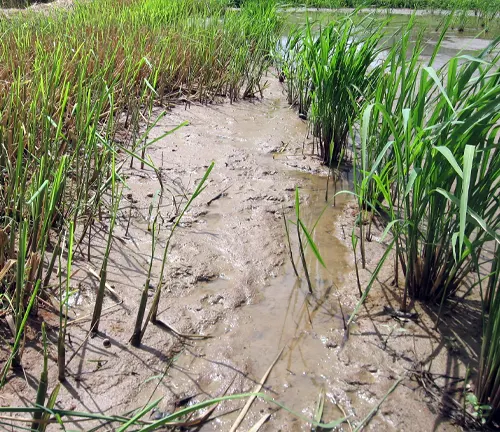
Common Uses
Rice’s versatility in the kitchen is unparalleled. It serves as the foundation for a multitude of dishes, from aromatic pilafs and comforting porridges to sushi rolls and delectable desserts. It is a culinary canvas upon which cultures around the world create their masterpieces.
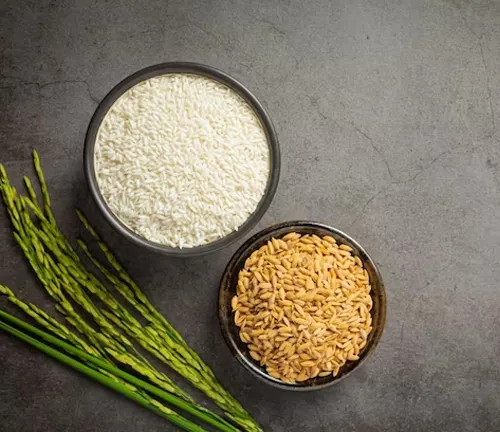
Benefits
Beyond its culinary significance, the rice plant plays a pivotal role in ensuring food security for billions of people. It is a source of income for countless farmers and contributes to the livelihoods of many communities. Additionally, ongoing research and breeding efforts are improving rice varieties, making them more resilient to pests, diseases, and changing environmental conditions, ensuring a stable food supply.
Oryza sativa (Asian Rice):
Indica Rice (Oryza sativa indica): Indica rice is known for its long, slender grains and is typically grown in tropical and subtropical regions. It includes varieties like Basmati and Jasmine rice, renowned for their aroma and flavor.
Japonica Rice (Oryza sativa japonica): Japonica rice has short and round grains. It is commonly found in temperate regions and includes varieties like short-grain sushi rice and Arborio rice used for risotto.
Aromatic Rice: Aromatic rice varieties are known for their distinctive fragrance and flavor. Basmati and Jasmine rice fall into this category.
Glutinous or Sticky Rice (Oryza sativa glutinosa): This type of rice has a high starch content, making it sticky when cooked. It is often used in Asian desserts and dishes that require a sticky texture.
Oryza glaberrima (African Rice):
African Rice (Oryza glaberrima): This species is native to Africa and is less commonly cultivated than Oryza sativa. It has shorter grains and is grown primarily in West Africa.
Other Varieties:
Wild Rice
(Zizania spp.)
Wild rice is not a true rice but is often included in rice dishes. It is native to North America and has long, dark grains. Wild rice is rich in nutrients and is often used in salads and side dishes.
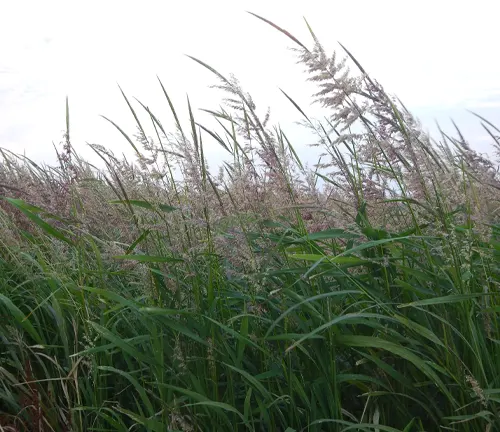
Red Rice
Red rice varieties can be found in different parts of the world and are characterized by their reddish outer bran layer. They are often considered more nutritious than white rice due to the retention of this bran layer.
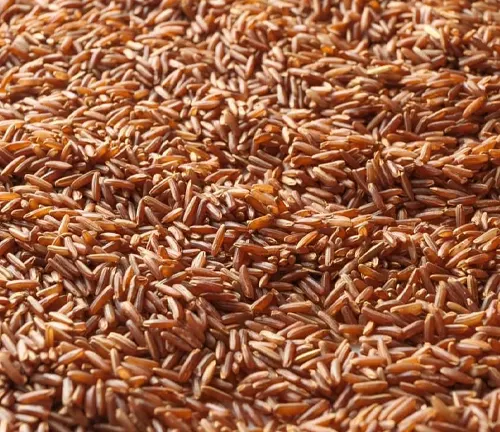
Brown Rice
Brown rice is unpolished and retains the bran layer, making it a healthier option compared to white rice. It is available in various subspecies and varieties.
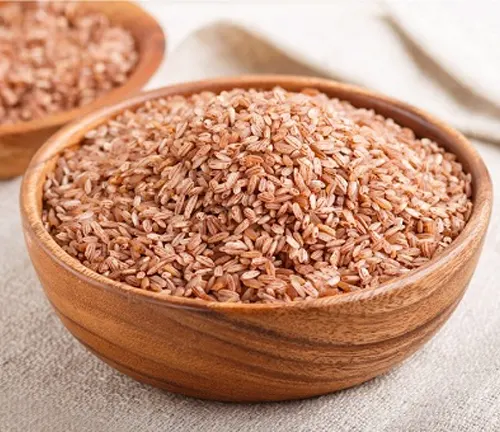
Black Rice
Black rice, also known as forbidden rice, has a dark purple-black outer layer and is highly nutritious. It is often used in both savory and sweet dishes.
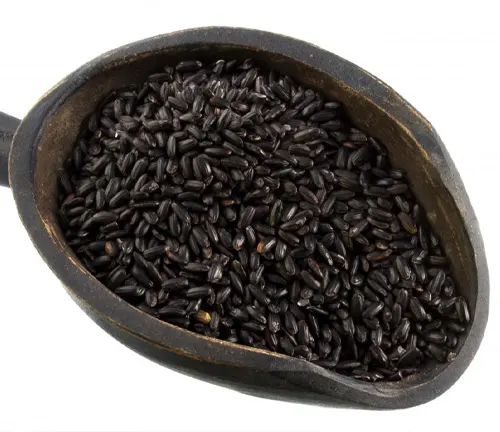
Hybrid and Improved Varieties
Many hybrid and improved rice varieties have been developed through breeding programs to enhance characteristics like disease resistance, yield, and nutritional content. These varieties can be found worldwide and vary in appearance and taste.
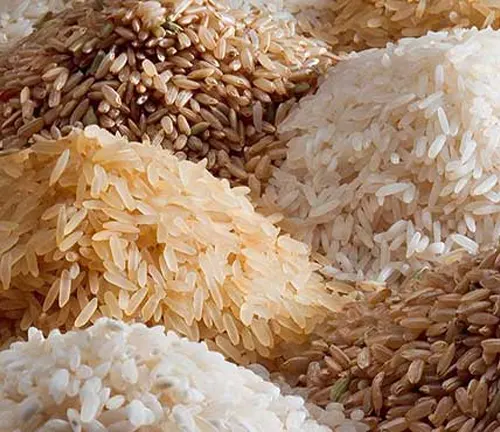
Frequently Asked Questions (FAQs)
- What is the scientific name of the rice plant?
The scientific name of the rice plant is Oryza sativa. - Where is the rice plant commonly grown?
Rice is primarily cultivated in warm, humid climates in regions such as Asia, Africa, and South America. - What are the primary types of cultivated rice?
The two main types of cultivated rice are Indica and Japonica, each with distinct characteristics. - How is rice typically cultivated?
Rice is often grown in flooded paddy fields to control weeds and provide the necessary moisture for rice plants. - What are the growth stages of a rice plant?
The growth cycle of a rice plant includes stages like germination, vegetative growth, flowering, and grain development. - How is rice harvested and processed for consumption?
Once mature, rice grains are harvested, threshed, and processed to remove the husk, resulting in the edible rice grains. - What is the ecological importance of the rice plant?
Rice fields provide habitat and sustenance to various wildlife, making them biodiversity hotspots. They also offer essential ecosystem services like water purification and flood control. - How does rice cultivation help stabilize soil?
Rice paddies reduce soil erosion, improve soil structure, and prevent nutrient loss, contributing to soil stabilization. - What are some common uses of rice?
Rice is used in a wide range of dishes, including pilafs, porridges, sushi, risotto, and various desserts. - What are the nutritional benefits of rice?
Rice is a good source of carbohydrates and provides essential nutrients like vitamins, minerals, and dietary fiber, depending on the variety and processing method. - How is rice important for food security?
Rice is a staple food source for over half of the world’s population, making it crucial for global food security. - How is rice being improved through research and breeding efforts?
Ongoing research aims to develop rice varieties with enhanced resistance to pests and diseases, as well as improved adaptability to changing environmental conditions. - Are there different types of rice used for specific dishes?
Yes, different rice varieties are chosen for specific recipes. For example, short-grain rice is often used for sushi, while long-grain varieties like Basmati are ideal for pilafs.


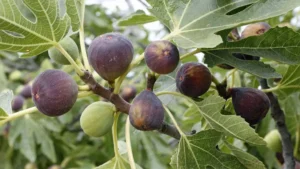


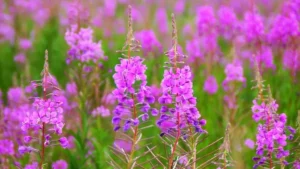
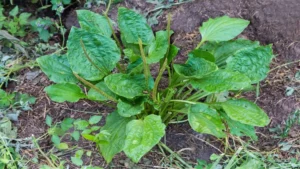

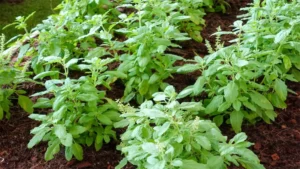
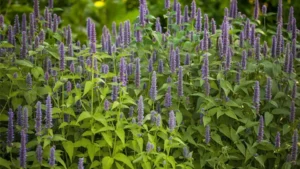

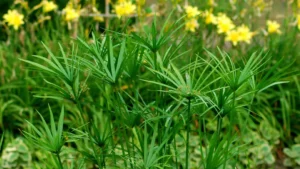
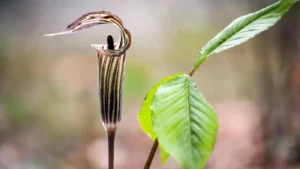

Leave your comment